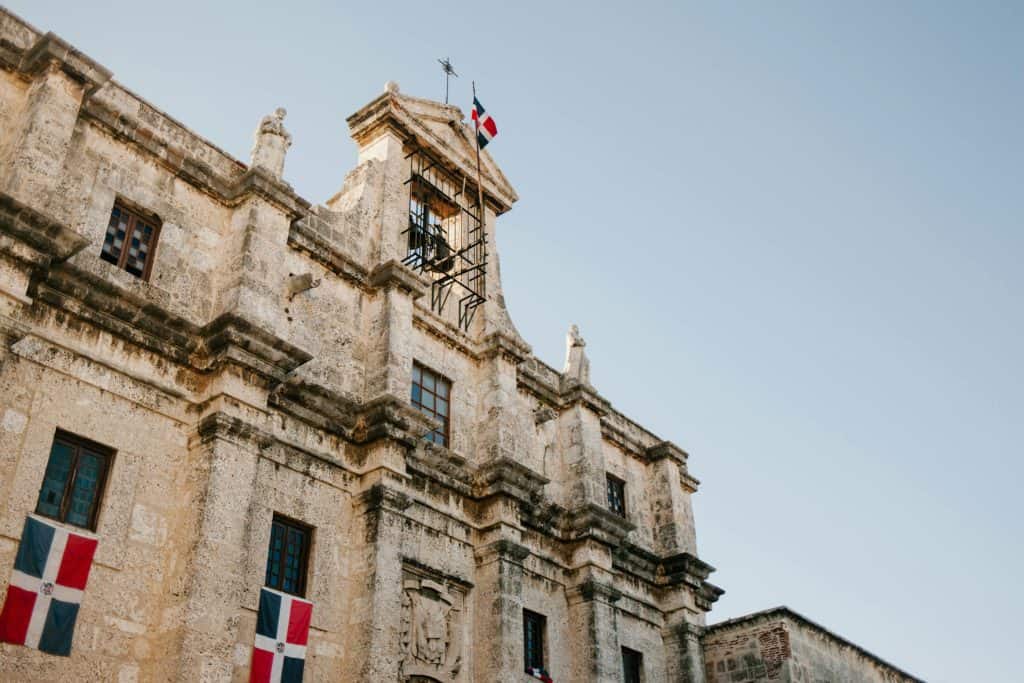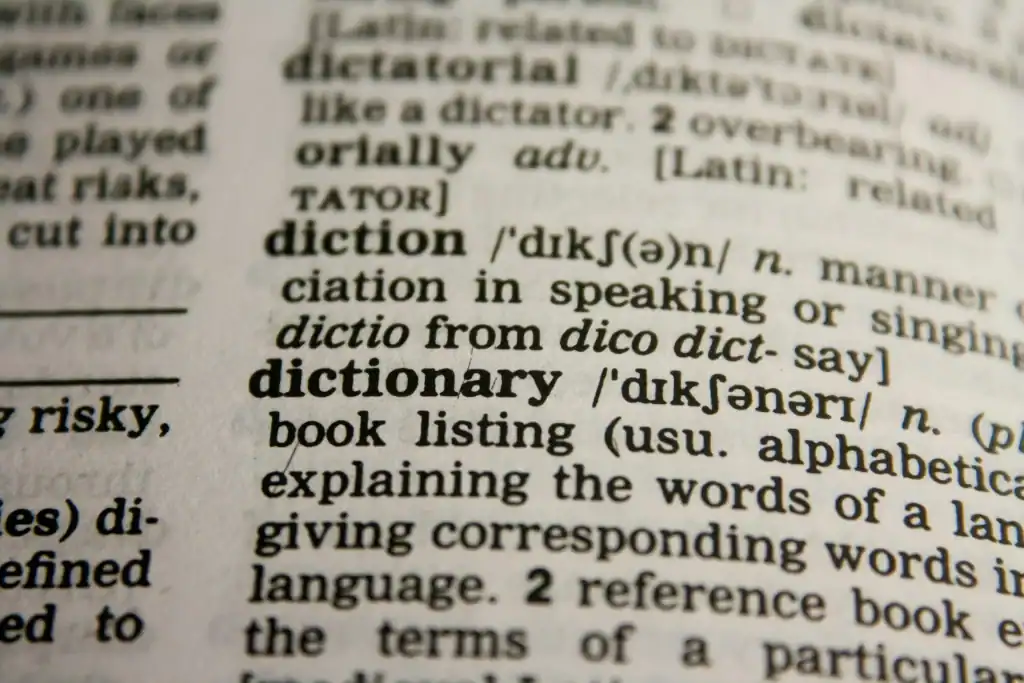El cafecito that almost clawed my ego
My first week in Santo Domingo, a decade ago, I walked into “Garras y Tazas,” the island’s pioneer cat-café, thinking my basic survival phrases would suffice. I greeted the barista with an overconfident “Hola, ¿puedo tener un cappuccino?” and was met with a polite grin that said cute, but not quite. The cats, meanwhile, twirled around my ankles as if to audition for ownership. That day I realized I didn’t just want to order coffee—I wanted to learn spanish in the way Dominicans purr it, with that silky syllable-dropping rhythm. Ten years and countless feline froth stains later, each visit still sharpens my ear, especially after side trips to Medellín where the accent switches to a crisp sing-song pattern. Today’s post unpacks how you, a fellow expat, can sound natural while you sip cold brew and maybe leave with a furry roommate.
Cream, sugar, and culture shock: mastering the drink order
Ordering at a Dominican cat-café starts long before you face the menu board. The melodic caribeño cadence trims vowels and softens s sounds. If you announce, “Quiero un latte,” you’ll be understood, but you’ll also out yourself as a tourist clinging to textbook Spanish. Instead, notice locals saying, “Dame un latte ahí, porfa,” gliding over the por favor. The tiny word ahí (literally “there”) sprinkles friendliness, like a wink. Shift to Colombia and the vibe changes: the same request becomes, “Me regalas un latte, por favor,” literally “Could you gift me a latte.” You’re not begging for charity; you’re embracing Antioquian politeness. Each country offers a linguistic catnip that helps you learn spanish beyond grammar books.
The unspoken menu dance
Dominican baristas expect a greeting first. A breezy “Buenas” covers all hours and earns respect. Add the question tag “¿Mi hermano/a, cómo tú ’tá?” to showcase local flavor, dropping that initial ‘es’ in “estás.” In Medellín, greet with “¿Qué más pues, parcero?” and watch eyes light up. These micro-moments teach you why trying to learn spanish as an expat is 30 % vocabulary and 70 % rhythm, timing, and trust.
The feline adoption pitch: paperwork with purrs
Once your caffeine jitters align with a kitten’s tail flick, adoption talk begins. In the DR, staff lean on informal tú: “Si lo quieres llevar, solo llenas este formulario.” Meanwhile, Colombian volunteers often default to the respectful usted: “Si quiere adoptarlo, diligencie este formato.” The difference isn’t bureaucracy—it’s cultural comfort zones. Dominicans treat you like family fast; Colombians maintain a courteous buffer until you earn the tú. Observing each nuance while you learn spanish helps you avoid that awkward moment when you accidentally switch registers and feel a collective whisker twitch across the room.
Money talk without killing the vibe
Dominican cafés might say, “La donación son quinientos pesos, mi rey,” crowning you with “my king.” Colombians state, “La cuota es de cincuenta mil,” often adding “¿le sirve?” to soften the blow. Notice how each phrase packages the same financial fact with local courtesy. Storing these patterns in your memory palace lets you sound natural and keep conversations flowing—key when your mission is to learn spanish organically.
When coffee slang meets cat slang
Dominicans love diminutives: a scrawny kitten becomes “un gatíco,” coffee turns into “un cafecíto,” and time stretches as every interaction grows warmer. Colombians lean on affectionate fillers like “pues” and “ve,” which function like verbal paw taps. Compare “Ese gatíco está flojito” in Santo Domingo with “Ese gatico está muy juicioso” in Medellín. Same kitten, different personality labels. Cataloging these variants while you learn spanish broadens not just vocabulary but empathy toward how language frames affection.
Spanish vocabulary
| Spanish | English | Usage Tip |
|---|---|---|
| diligenciar | to fill out (a form) | Common in Colombia; swap for “llenar” in the DR |
| gatíco/gatico | kitten | Dominican “gatíco” vs. Colombian “gatico,” both endearing |
| cuota | fee | More formal than “donación,” use in Colombia |
| porfa | please | Shortened “por favor,” casual everywhere |
| mi rey/mi reina | my king/queen | Dominican friendly address for customers |
| parcero/parce | buddy | Colombian slang; avoid in formal settings |
| estar juicioso | to behave well | Unique Colombian compliment for pets or kids |
| regalar | to gift | Used for polite requests in Colombia |
An example conversation at “Garras y Tazas”
Barista (DR): ¿Buenas, mi reina, qué vas a querer?
Good afternoon, my queen, what would you like?
Expat: Dame un cappuccino ahí, porfa, y estoy viendo a ese gatíco gris.
Give me a cappuccino, please, and I’m looking at that little gray kitten.
Barista: Claro, son ciento cincuenta pesos. ¿Quieres conocerlo?
Sure, that’s 150 pesos. Do you want to meet him?
Expat: ¡De una! ¿Necesito llenar algo si me enamoro?
Absolutely! Do I need to fill something out if I fall in love?
Barista: Si lo quieres llevar, solo llenas este formulario y pagas la donación.
If you want to take him, you just fill out this form and pay the donation.
Expat: Perfecto, gracias, mi hermano. Estoy tratando de **aplatanar** mi acento.
Perfect, thanks, my friend. I’m trying to Dominican-ize my accent.
Barista (laughing): Vas bien, pero te falta dejar caer más la s.
You’re doing well, but you still need to drop the ‘s’ more.
(Later in Medellín)
Volunteer (CO): Hola, bienvenido. ¿Le puedo ayudar en algo?
Hi, welcome. Can I help you with anything?
Expat: Me regalas un latte, por favor, y quisiera jugar con ese gatico negro.
Could you get me a latte, please, and I’d like to play with that black kitten.
Volunteer: Con mucho gusto. La cuota de adopción es de cincuenta mil, ¿le sirve?
With pleasure. The adoption fee is fifty thousand, does that work for you?
Expat: Sí, señora. Llevo diez años entre Dominicana y acá, y quiero sonar más paisa.
Yes, ma’am. I’ve spent ten years between the DR and here, and I want to sound more Paisa.
Volunteer: Pues, parce, ya casi habla como uno. ¡Siga así!
Well, buddy, you almost speak like one of us. Keep it up!
Why two cultures make one sharper tongue
Bouncing between Santo Domingo’s sea-salt slang and Medellín’s mountain melodies trains your brain like a bilingual gym session. Each landing resets your ear, forcing micro-adjustments that textbooks ignore. One week you’re chomping consonants, the next you’re elongating vowels, and suddenly your Spanish morphs into a flexible feline ready to leap across dialects. My best strides came not from apps but from misheard jokes, aborted café orders, and rescue-cat paperwork. To truly learn spanish, hunt for these lived errors and wear them like paw scratches of honor.
Reflective muzzle rub: taking the experience home
Next time you enter a cat-café, treat every “miau” of small talk as a grammar lesson. Ask why Dominicans “dejan caer la ese” or why Colombians gift you coffee linguistically. Write down the quirks, repeat them while you pet a purring tutor, and let cultural curiosity outrank grammatical shame. I’ve found that mixing two accents doesn’t corrupt your Spanish—it polishes it. So chase bilingual butterflies, adopt a kitten if one chooses you, and drop a comment below with the cross-country phrases you’ve pocketed. Your own tales will keep this community caffeinated and claw-proof.
I’ll be roaming between Boca Chica and Envigado, ear tuned for the next regional twist. Until then, may your coffee stay frothy, your vocabulary agile, and your new furry roommate remind you daily why language, like cats, never fully belongs to anyone.
¡Nos leemos en los comentarios!


